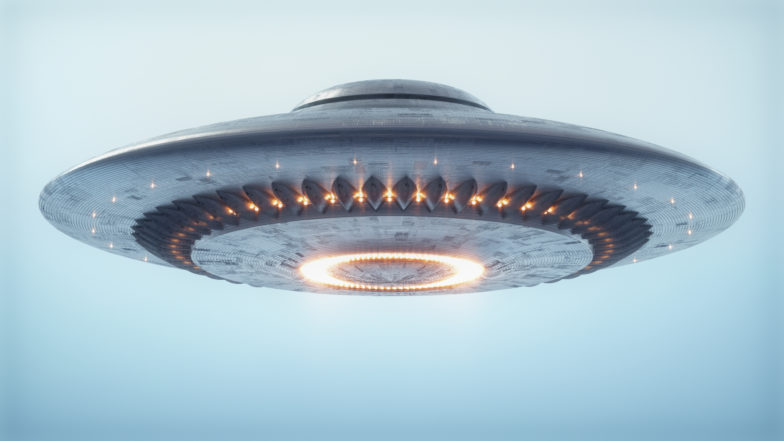Trying to See Dark
Is dark just the absence of light, or does it have some substance? If so, how could you detect it? How dark really is dark? Is there a way to build a “dark bulb” so that when you turn it on it quenches the light? Of course, most of these are silly questions that we had fun pondering as high school science students. However, in recent years the questions surrounding the reality of “dark energy” and “dark matter” seem to be of the same sort, and yet are proving to have validity.
We have reported several times in the last year about new astronomical observations revealing the presence of dark matter in the universe (see here and here). These results make use of a technique called gravitational lensing, where the gravitational attraction of the dark matter causes distortions in the light coming from galaxies that are behind the dark matter. This process yields information about the distribution and density of the dark matter. It is a lot like looking through water at a fish near the bottom of a pond. If there are waves on the surface of the water, those waves cause the fish to look distorted. You can’t see the water because it is transparent, but you can see the distortions, telling you that there is water between your eyes and the fish.
In a recent news release (see here) an international team of astronomers, using the Hubble Space Telescope, have presented further evidence of dark matter in the location of a rich cluster of galaxies about 5 billion light years away. What makes these results of great interest is that, in the words of one of the team members, “this is the first time we have detected dark matter as having a unique structure that is different from the gas and galaxies in the cluster.” What the author is referring to is that some of the dark matter appears in a ring around the outer edges of the cluster, not coincident with the galaxies or any hot, glowing gas in the cluster.
These results add weight to the body of evidence that dark matter really does exist and that it has a distribution of its own. What is this dark matter? Nobody knows for sure, but candidates include: ordinary matter that is very cold, giving off no radiation; neutrinos; dwarf stars and planets; and new elementary particles called WIMPs (weakly interacting massive particles). The main reason for our interest in dark matter is its role in the composition of the universe as indicated by big bang models. The best models so far predict that the universe is composed of about 4% ordinary matter, 22% cold dark matter, and 74% dark energy. The models also point to a beginning for the universe about 14 billion years ago, a beginning that is consistent with what we see described in the Bible.






